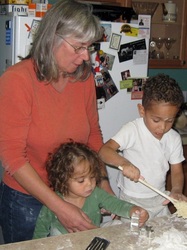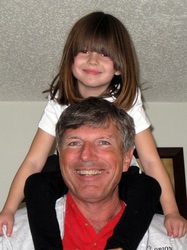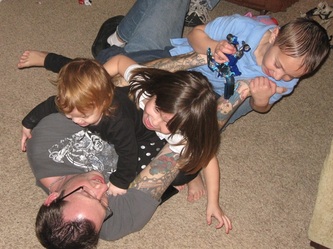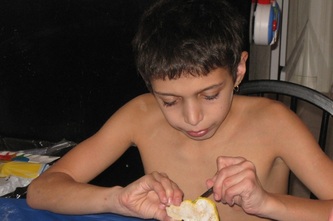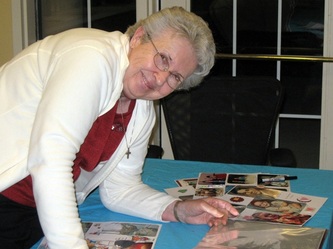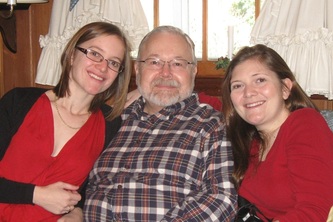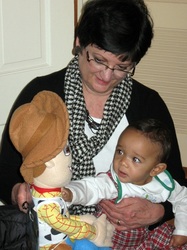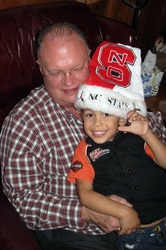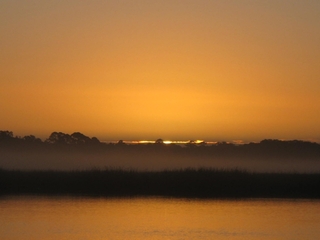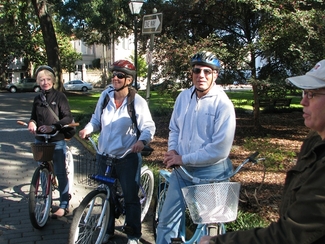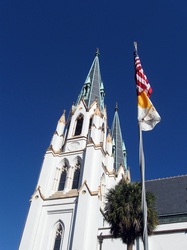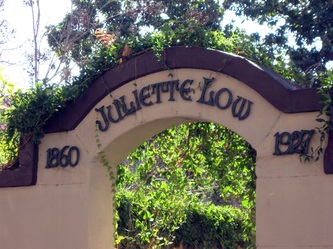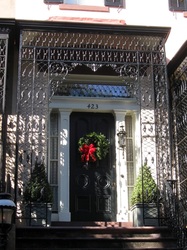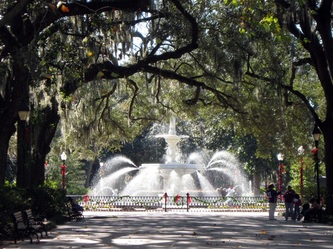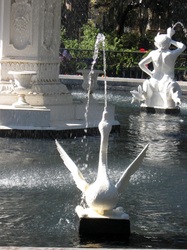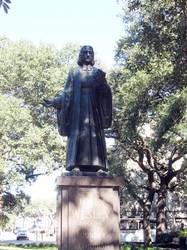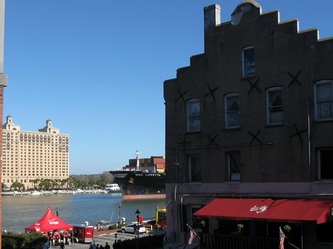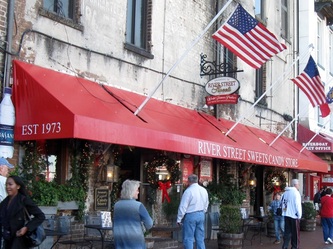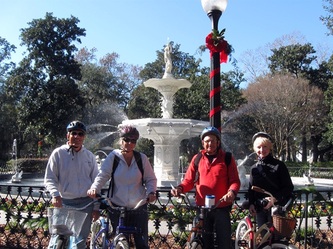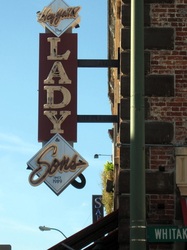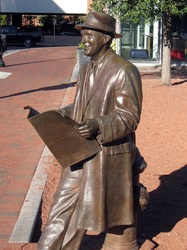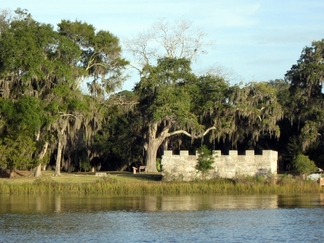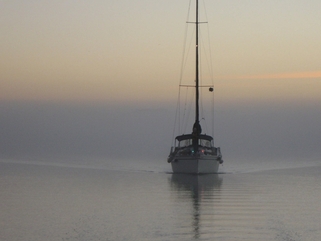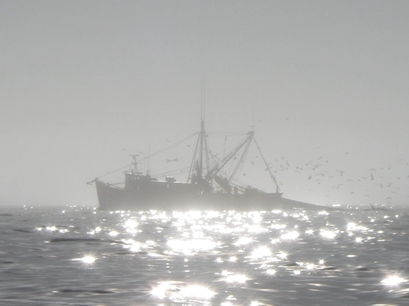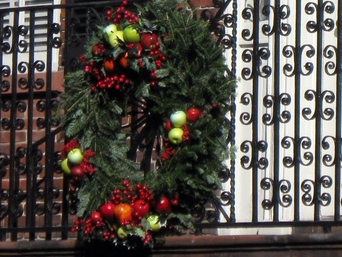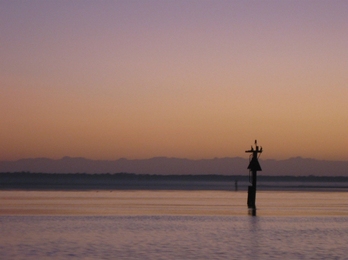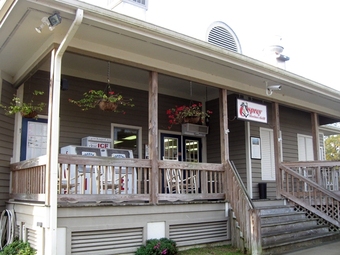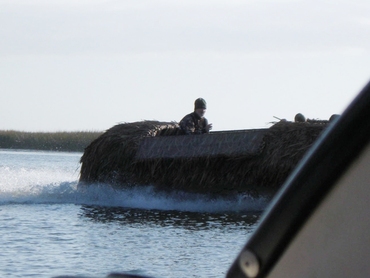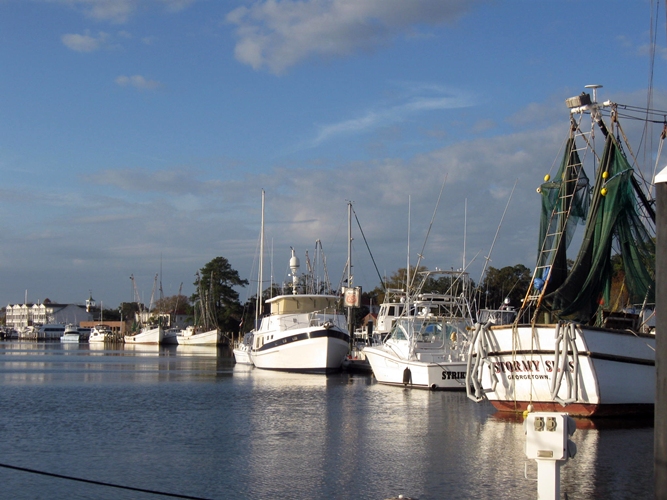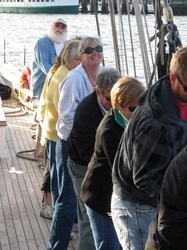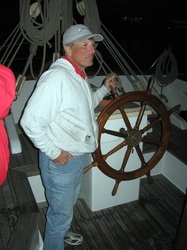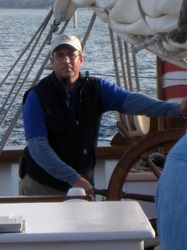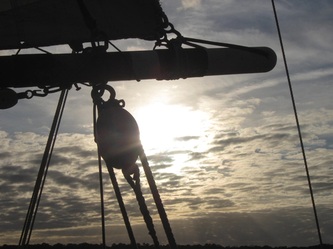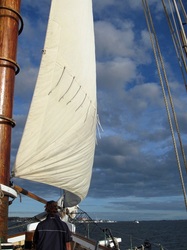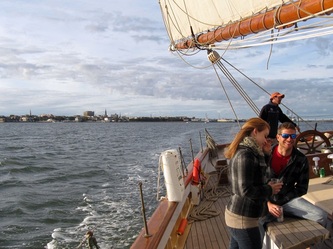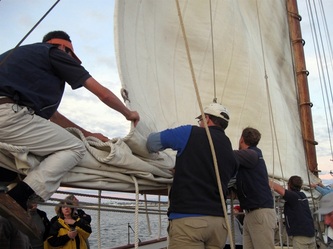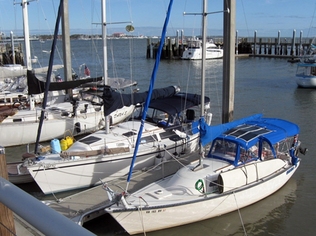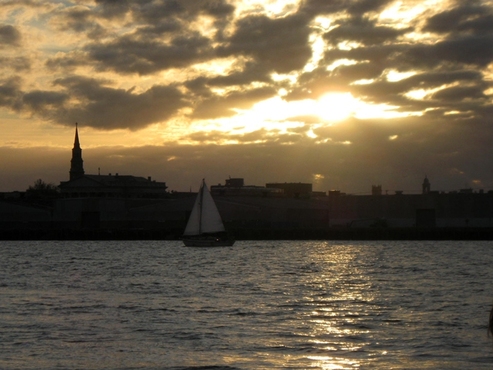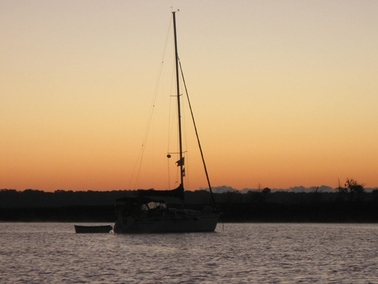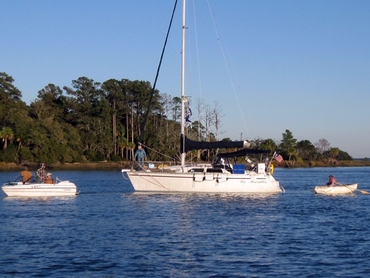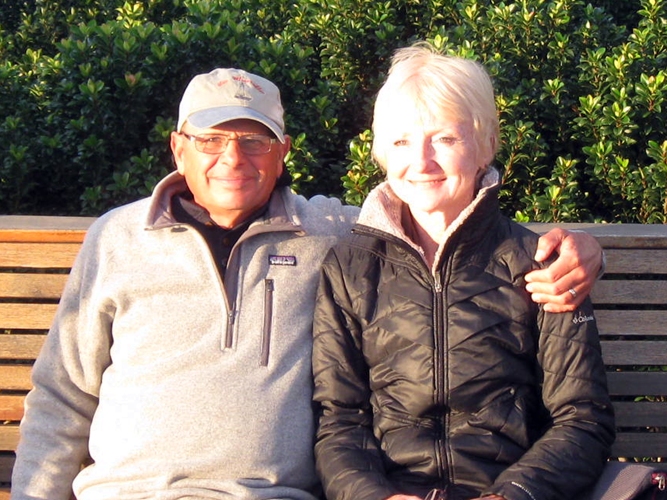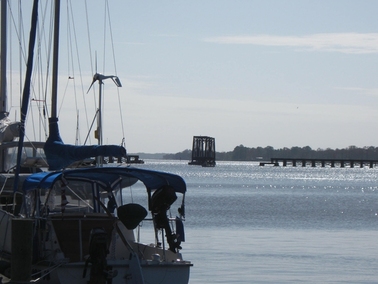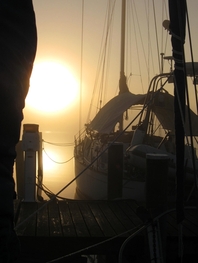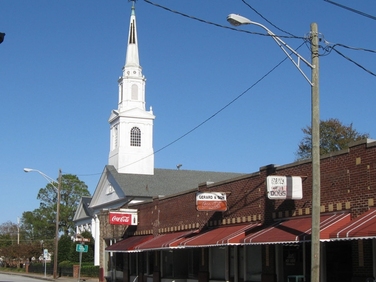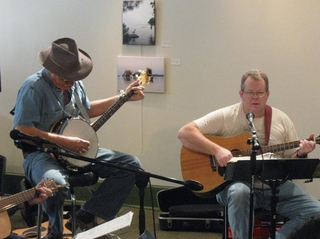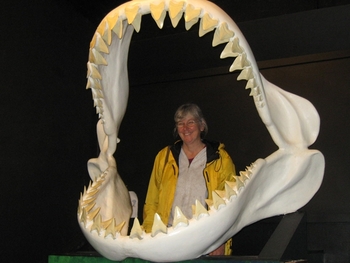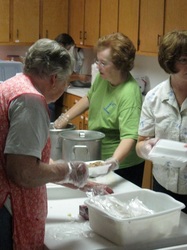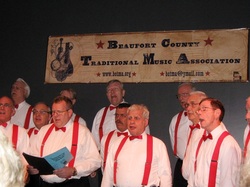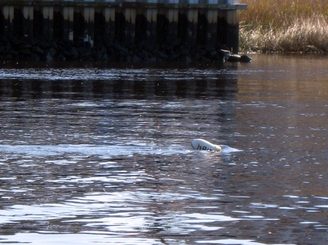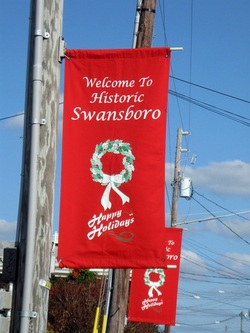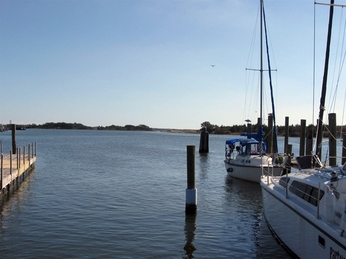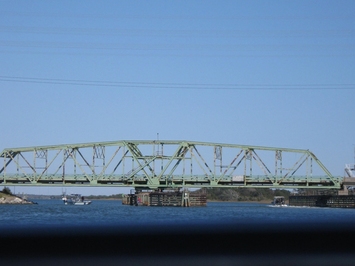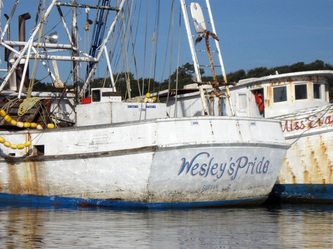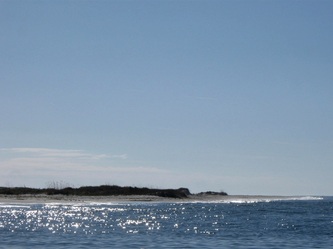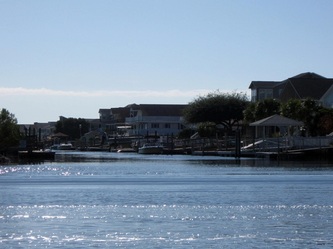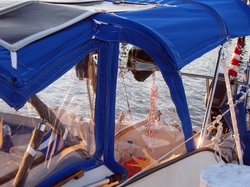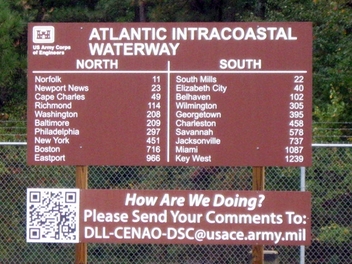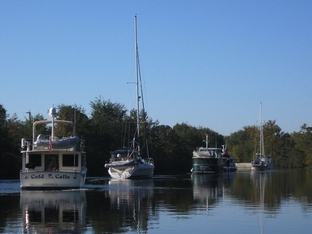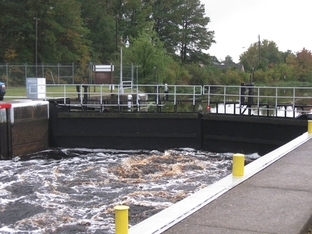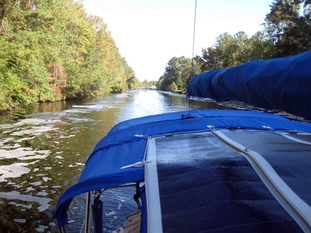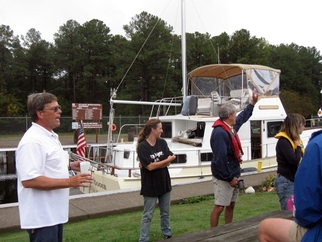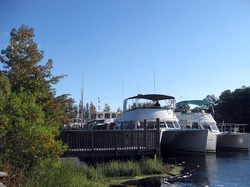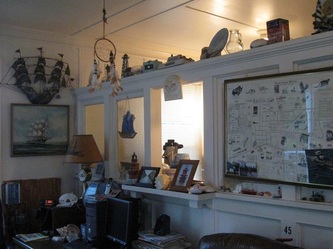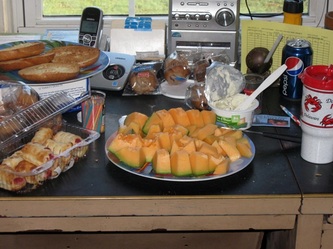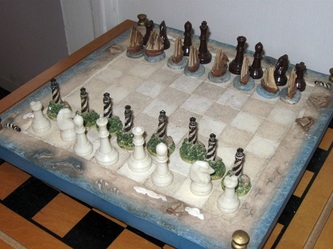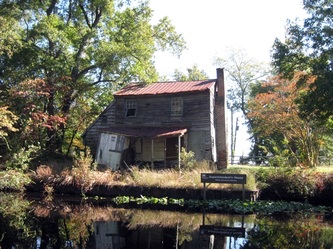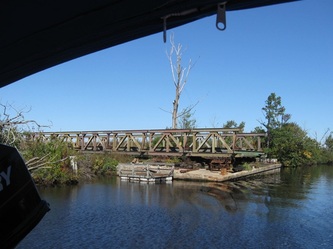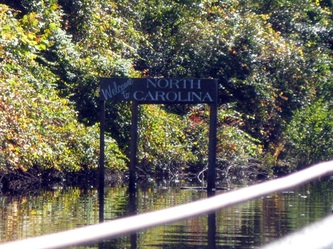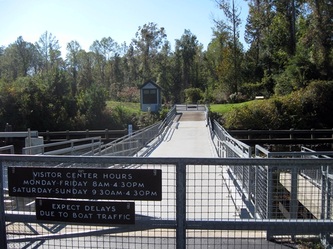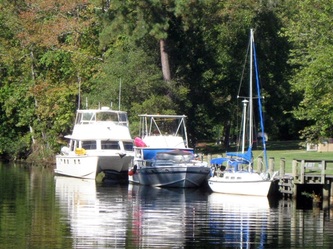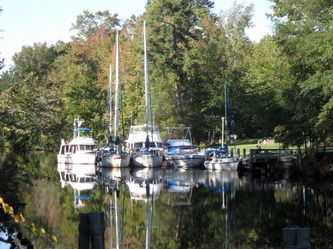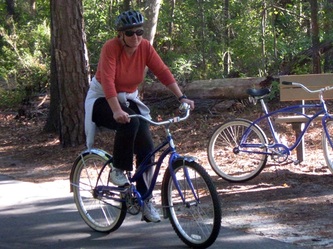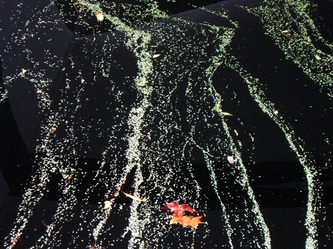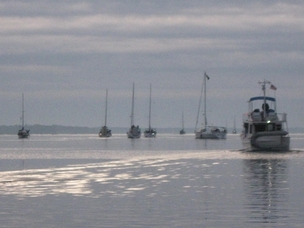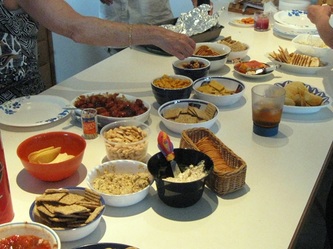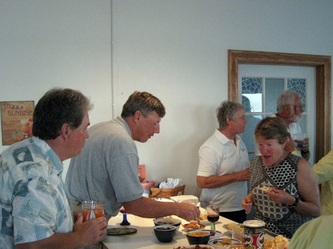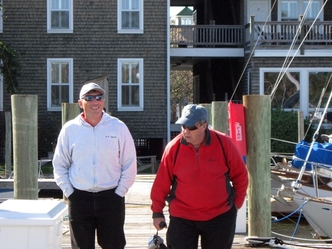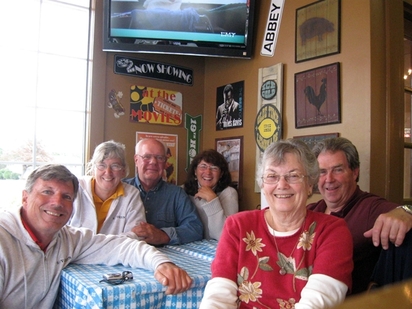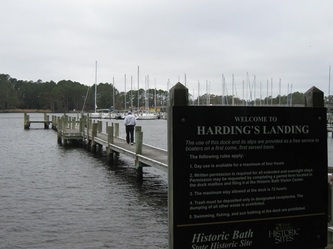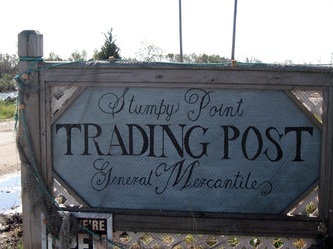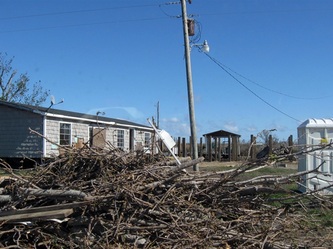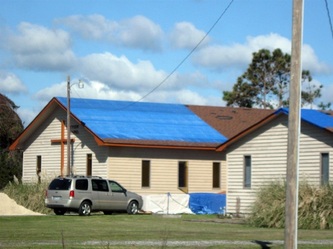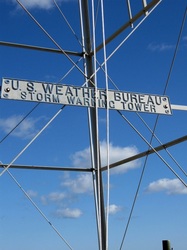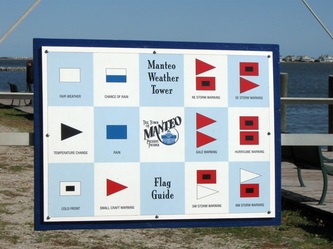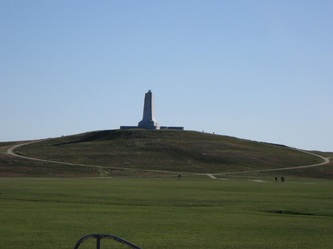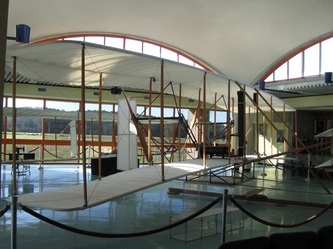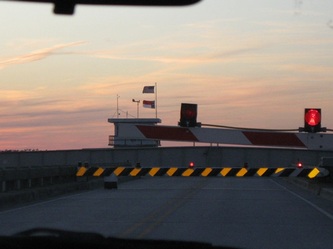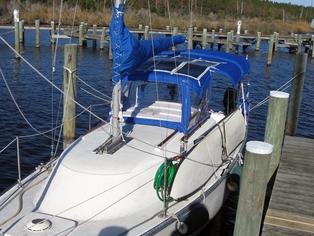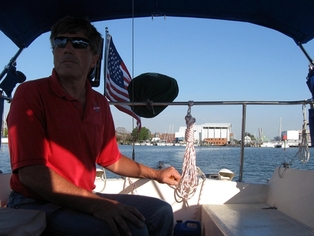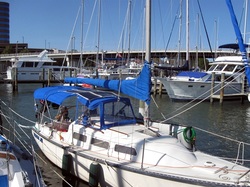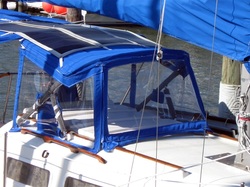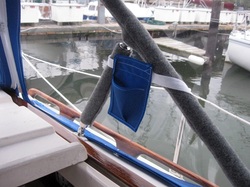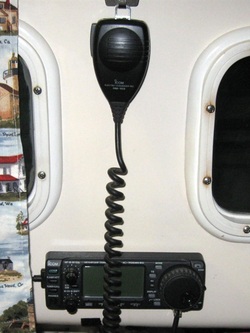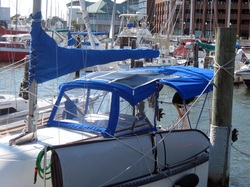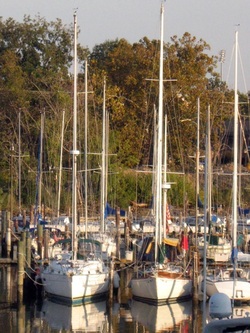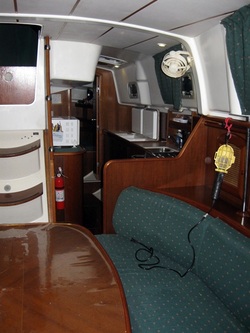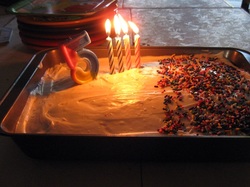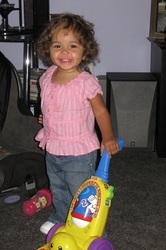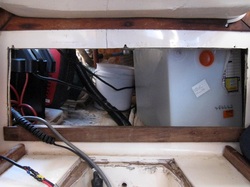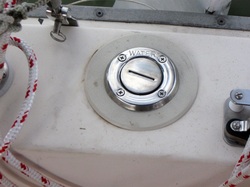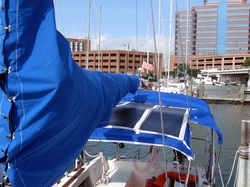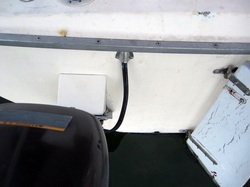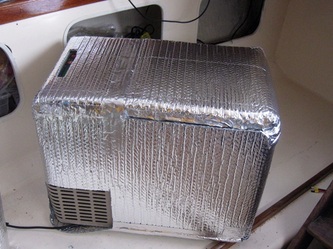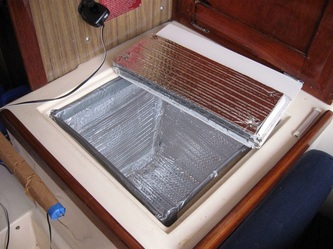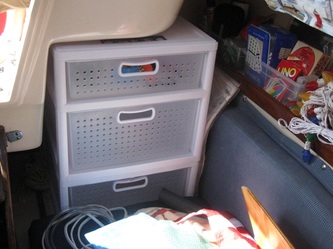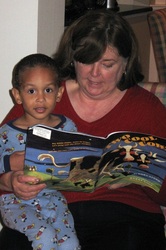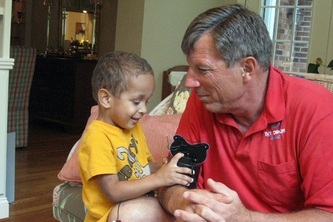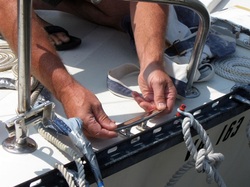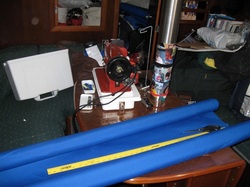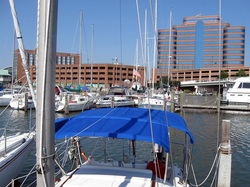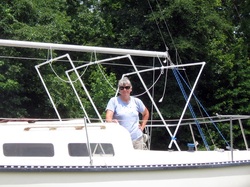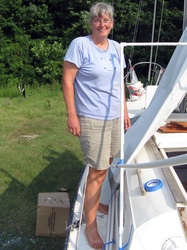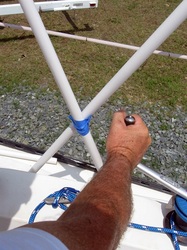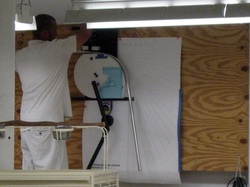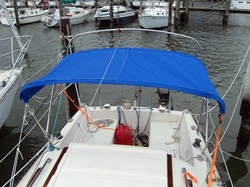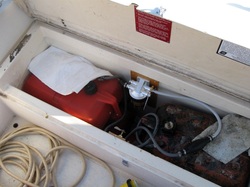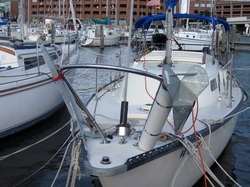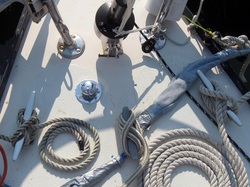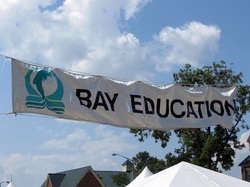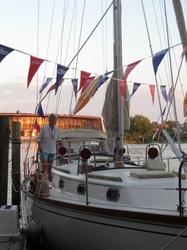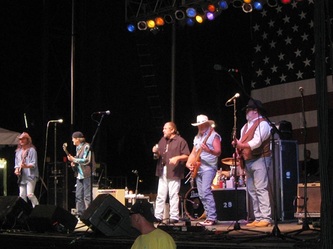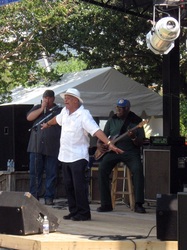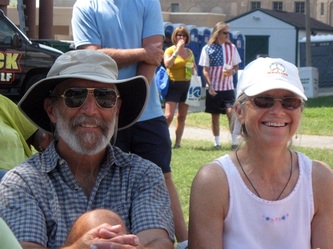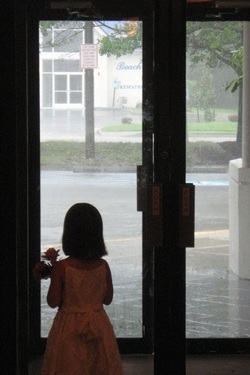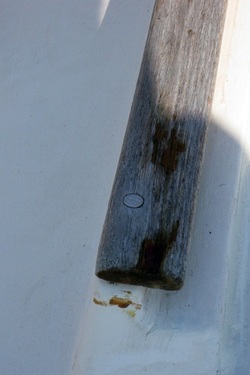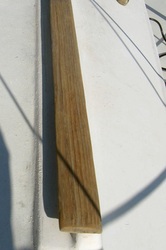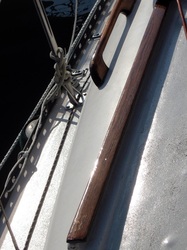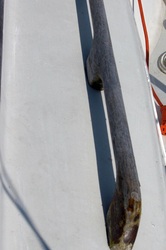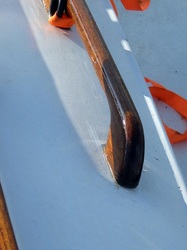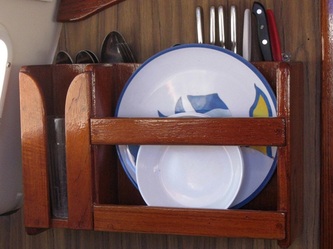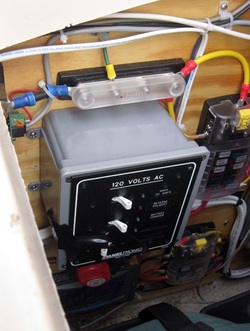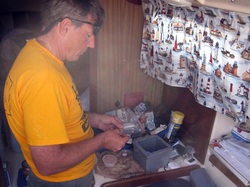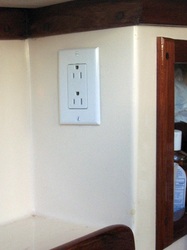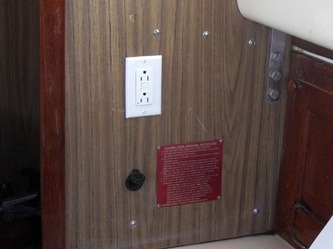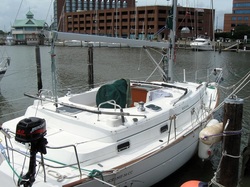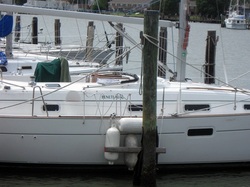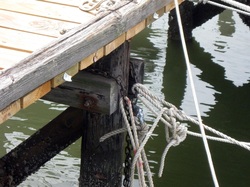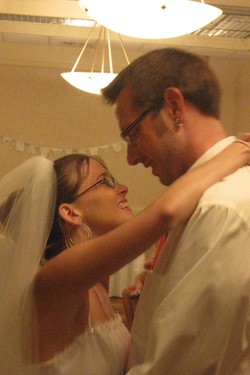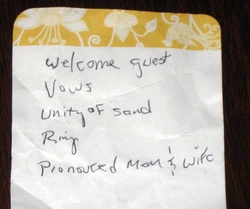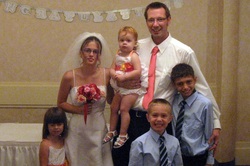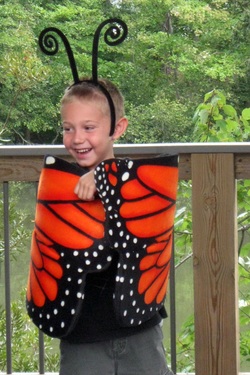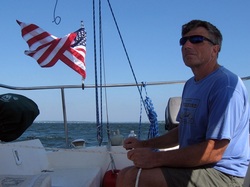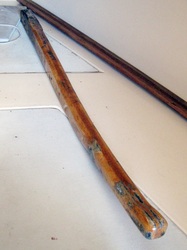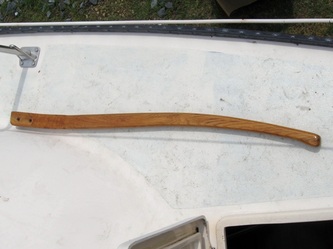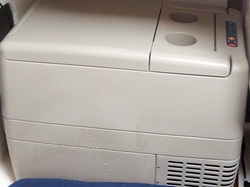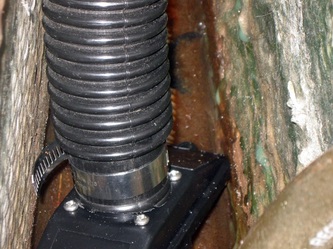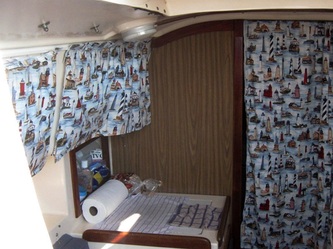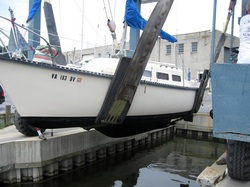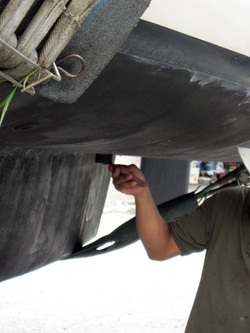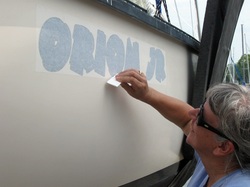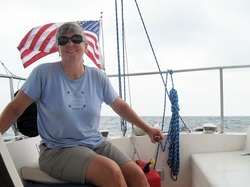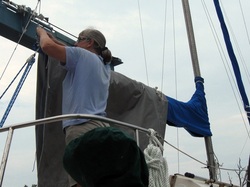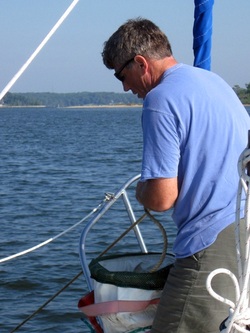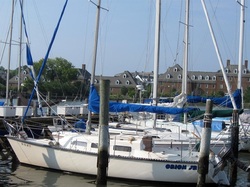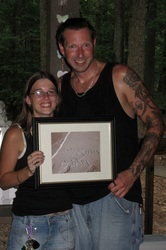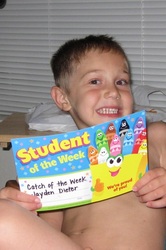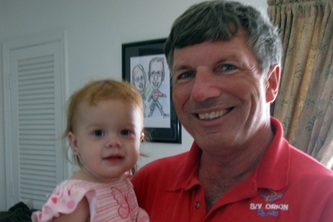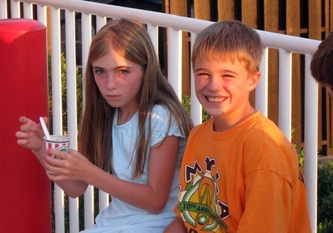
Taylor smiles for Grandpa Dave
We set out for a marathon trip up the East Coast, which has come to an end as we arrived on New Year’s Eve back in Palm Coast. The travel wasn’t too bad and the time with family made it worthwhile. We even managed to work in a boat project on Orion, while we stopped by Hampton to check on her.
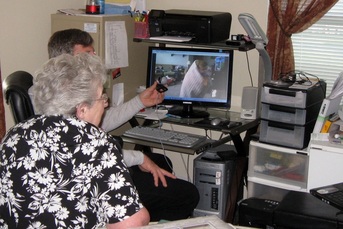
Technology brings the family closer
Our itinerary for the holidays took us to Jarratt, VA to visit with our daugher’s family, then Richmond to celebrate Christmas with our son’s family. We then took a right turn and headed east to Hampton to check on Orion and pick up our friend Sue for a trip north to Rochester, via Bethlehem PA, where we visited with Dave’s sister Diane. After a few days in Rochester, we turned south on Christmas Day, arriving in Winston-Salem, NC the day after Christmas for a few days with Cathy’s family. By New Year’s Eve, the celebrations had come to an end, and we were on our way back home. Throughout our trip, It was almost comical as we became a slow version of UPS, picking up and dropping off packages, mail, and people from one location and delivering to a number of destinations along the ways. As far as we know, everything made it where it was supposed to go.
One first for us was spending Christmas morning in the virtual world of our son’s living room, celebrating their Christmas morning with them in Richmond and us in Rochester via Skype and a webcam. In a surreal twist, we had Dave’s sister from Bethlehem PA on another computer, making it a 3-way call. It was a great way to bring the family together.
Here are some highlights from the trip:
One first for us was spending Christmas morning in the virtual world of our son’s living room, celebrating their Christmas morning with them in Richmond and us in Rochester via Skype and a webcam. In a surreal twist, we had Dave’s sister from Bethlehem PA on another computer, making it a 3-way call. It was a great way to bring the family together.
Here are some highlights from the trip:
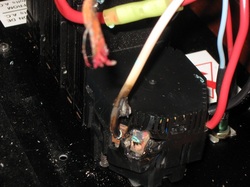
Do I Smell Something Burning?
The call came about a week before we were due to head north for the holidays. Sue, our friend who is watching over Orion back in Hampton, smelled smoke and quickly unplugged her heater and disconnected from shore power. When we arrived a week later, we were to meet a local marine electrician to have an official diagnosis. However, Dave was quickly taking things apart and doing his own analysis. It didn’t take long to see the core of the problem. The wires leading into the GFI (a feature of Beneteau’s French wiring plan) showed damage from heat. Dave had a simple solution in mind: bypass the damaged GFI in favor of a newer US-standard GFCI that Dave installed a couple of years earlier.
When the electrician arrived, he reviewed the damage and explained that, although our boat's wiring was in excellent condition for the boat’s age, it was still inevitable in a marine environment that time would increase the resistance in the original wires, causing them to perform below their rated capacity. Since the load the wires could carry when new was so close to the fuse rating, any degradation could make them vulnerable to overheating when a heavy load, such as a space heater, was placed on them. The solution was threefold: 1) upgrade the wiring capacity to exceed the fuse rating, 2) as Dave suggested, put the new GFCI first in line for the AC outlets to protect them, and 3) run any heater on a lower setting.
Dave agreed with the recommendation and arranged to have Don return and do the re-wiring on his next trip. In the interim, Dave installed the heavier duty GFCI and we pulled the wires through the channel from the outlet to the back of the breaker panel. With that done, the job to finish the re-wiring would be much easier.
About to get going again
With a little time to get things ready on Orion Jr, we plan to head out again shortly after the new year. Our plan is to travel south to Stuart and then take a right turn through the Okeechobee Waterway to the West Coast. We’ll keep you posted.
The call came about a week before we were due to head north for the holidays. Sue, our friend who is watching over Orion back in Hampton, smelled smoke and quickly unplugged her heater and disconnected from shore power. When we arrived a week later, we were to meet a local marine electrician to have an official diagnosis. However, Dave was quickly taking things apart and doing his own analysis. It didn’t take long to see the core of the problem. The wires leading into the GFI (a feature of Beneteau’s French wiring plan) showed damage from heat. Dave had a simple solution in mind: bypass the damaged GFI in favor of a newer US-standard GFCI that Dave installed a couple of years earlier.
When the electrician arrived, he reviewed the damage and explained that, although our boat's wiring was in excellent condition for the boat’s age, it was still inevitable in a marine environment that time would increase the resistance in the original wires, causing them to perform below their rated capacity. Since the load the wires could carry when new was so close to the fuse rating, any degradation could make them vulnerable to overheating when a heavy load, such as a space heater, was placed on them. The solution was threefold: 1) upgrade the wiring capacity to exceed the fuse rating, 2) as Dave suggested, put the new GFCI first in line for the AC outlets to protect them, and 3) run any heater on a lower setting.
Dave agreed with the recommendation and arranged to have Don return and do the re-wiring on his next trip. In the interim, Dave installed the heavier duty GFCI and we pulled the wires through the channel from the outlet to the back of the breaker panel. With that done, the job to finish the re-wiring would be much easier.
About to get going again
With a little time to get things ready on Orion Jr, we plan to head out again shortly after the new year. Our plan is to travel south to Stuart and then take a right turn through the Okeechobee Waterway to the West Coast. We’ll keep you posted.
